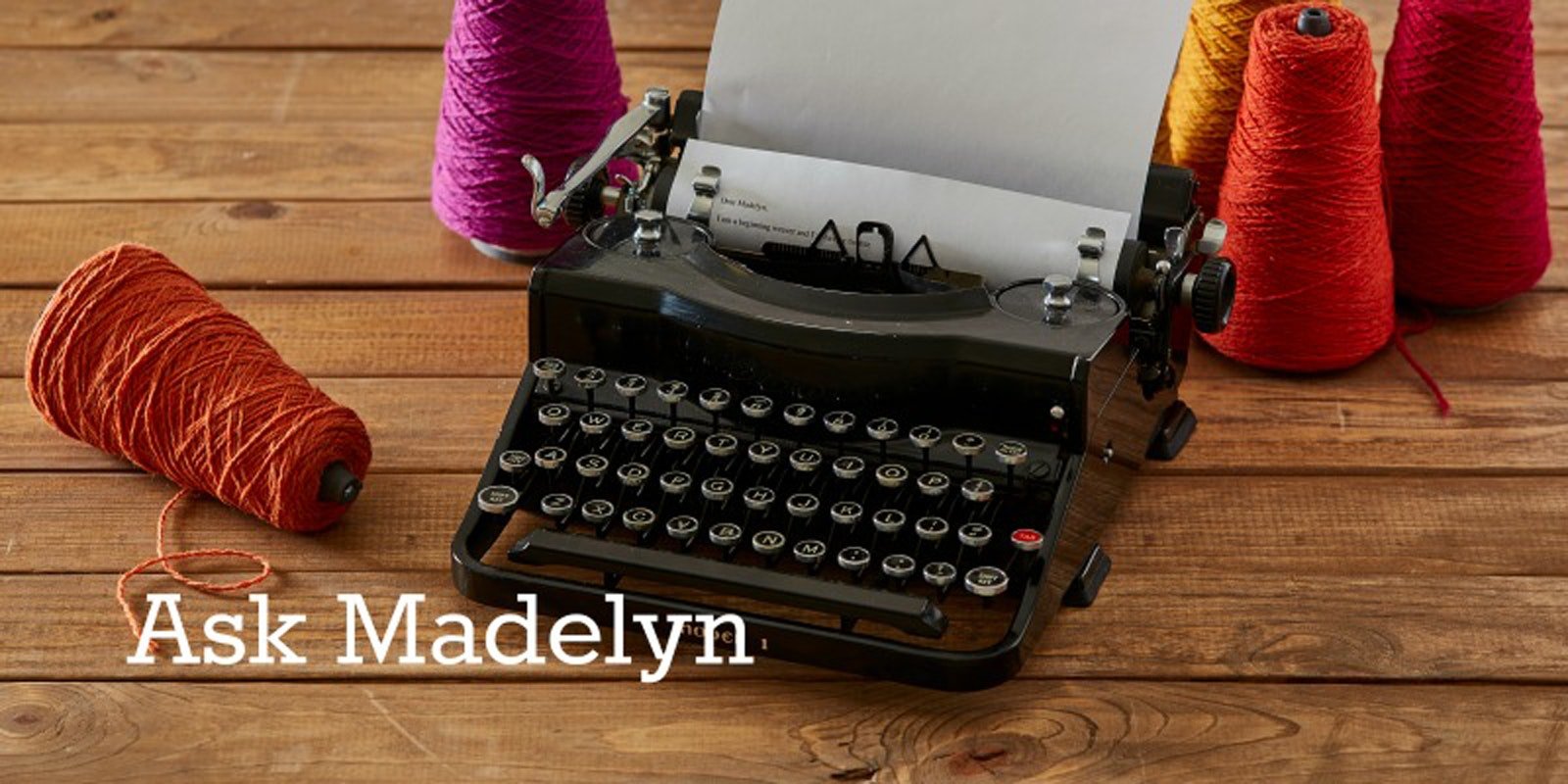| |
| Dear Readers, Several of you emailed me with additional information regarding last week's Ask Madelyn. I had answered a reader's question about the possible causes for a slanted fell. (The fell is the edge of the woven cloth where the last pick has been inserted.) The problem described was that the fell line was not parallel with the reed, and instead, closer to the breast beam on one side. |


